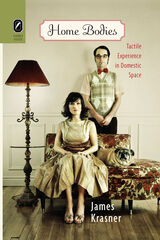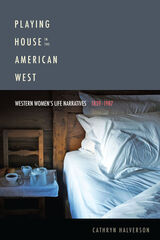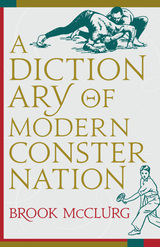2 books about Domestic space in literature

Home Bodies
Tactile Experience in Domestic Space
James Krasner
The Ohio State University Press, 2010
How do acts of caring for the sick or grieving for the dead change the way we move through our living rooms and bedrooms? Why do elderly homeowners struggle to remain in messy, junk-filled houses? Why are we so attached to our pets, even when they damage and soil our living spaces? In Home Bodies: Tactile Experience in Domestic Space, James Krasner offers an interdisciplinary, humanistic investigation of the sense of touch in our experience of domestic space and identity. Accessing the work of gerontologists, neurologists, veterinarians, psychologists, social geographers, and tactual perception theorists to lay the groundwork for his experiential claims, he also ranges broadly through literary and cultural criticism dealing with the body, habit, and material culture.
By demonstrating crucial links between domestic experience and tactile perception, Home Bodies investigates questions of identity, space, and the body. Krasner analyzes representations of tactile experience from a range of canonical literary works and authors, including the Bible, Sophocles, Marilynne Robinson, Charles Dickens, John Steinbeck, and Sylvia Plath, as well as a series of popular contemporary texts. This work will contribute to discussions of embodiment, space, and domesticity by literary and cultural critics, scholars in the medical humanities, and interdisciplinary thinkers from multiple fields.
[more]

Playing House in the American West
Western Women's Life Narratives, 1839–1987
Cathryn Halverson
University of Alabama Press, 2013
Examines an eclectic group of western women’s autobiographical texts—canonical and otherwise—Playing House in the American West argues for a distinct regional literary tradition characterized by strategic representations of unconventional domestic life
The controlling metaphor Cathryn Halverson uses in her engrossing study is “playing house.” From Caroline Kirkland and Laura Ingalls Wilder to Willa Cather and Marilynne Robinson, from the mid-nineteenth to the late-twentieth centuries, western authors have persistently embraced wayward or eccentric housekeeping to prove a woman’s difference from western neighbors and eastern readers alike.
The readings in Playing House investigate the surprising textual ends to which westerners turn the familiar terrain of the home: evaluating community; arguing for different conceptions of race and class; and perhaps most especially, resisting traditional gender roles. Western women writers, Halverson argues, render the home as a stage for autonomy, resistance, and imagination rather than as a site of sacrifice and obligation.
The western women examined in Playing House in the American West are promoted and read as representatives of a region, as insiders offering views of distant and intriguing ways of life, even as they conceive of themselves as outsiders. By playing with domestic conventions, they recast the region they describe, portraying the West as a place that fosters female agency, individuality, and subjectivity.
[more]
READERS
Browse our collection.
PUBLISHERS
See BiblioVault's publisher services.
STUDENT SERVICES
Files for college accessibility offices.
UChicago Accessibility Resources
home | accessibility | search | about | contact us
BiblioVault ® 2001 - 2024
The University of Chicago Press









